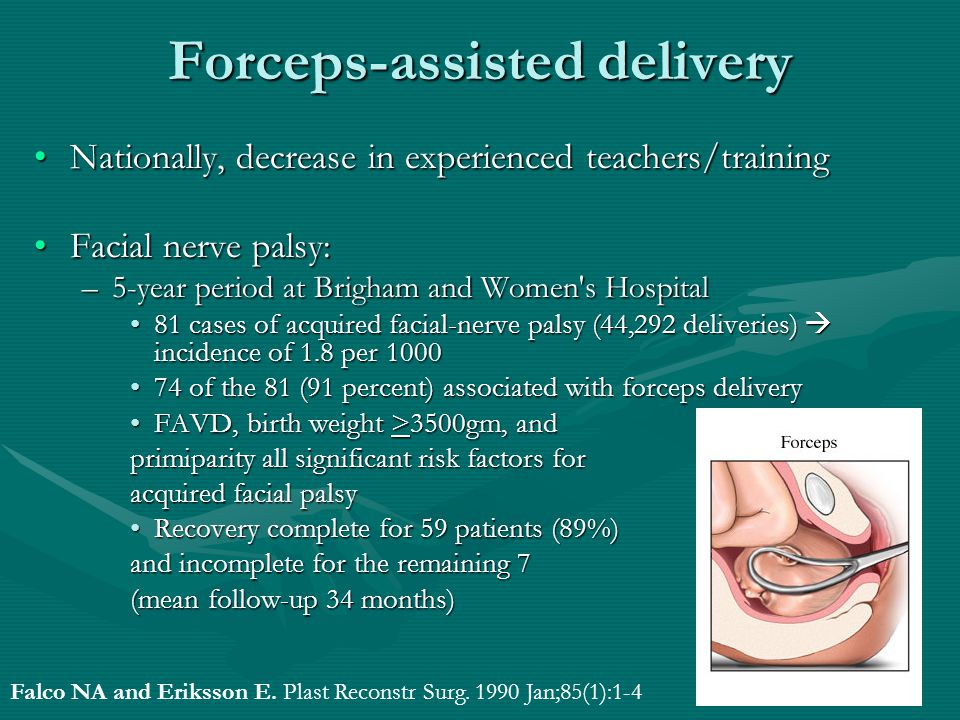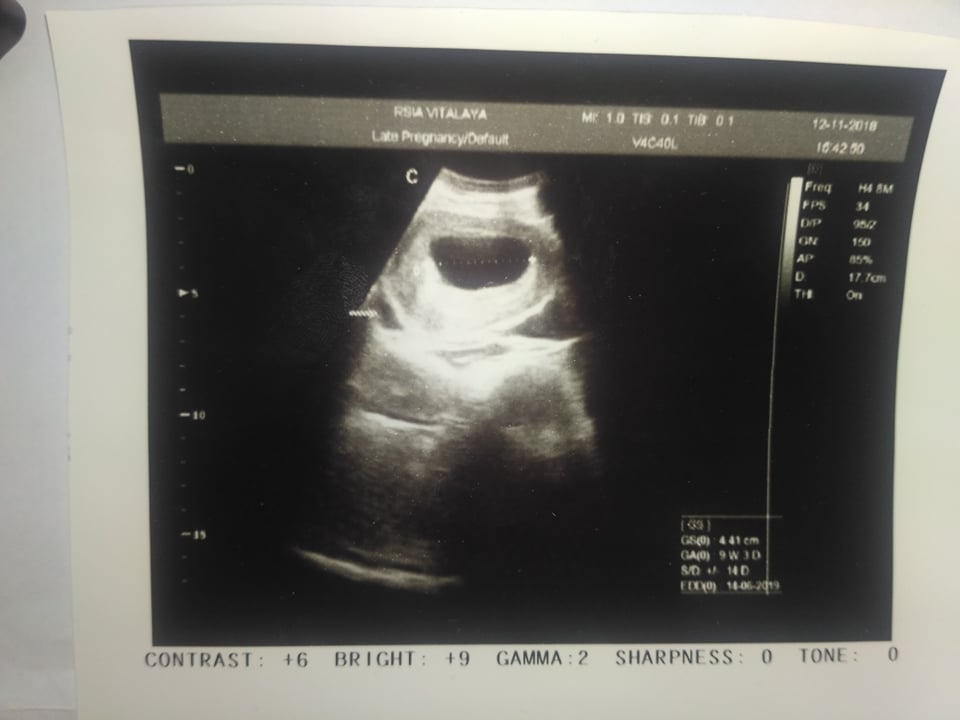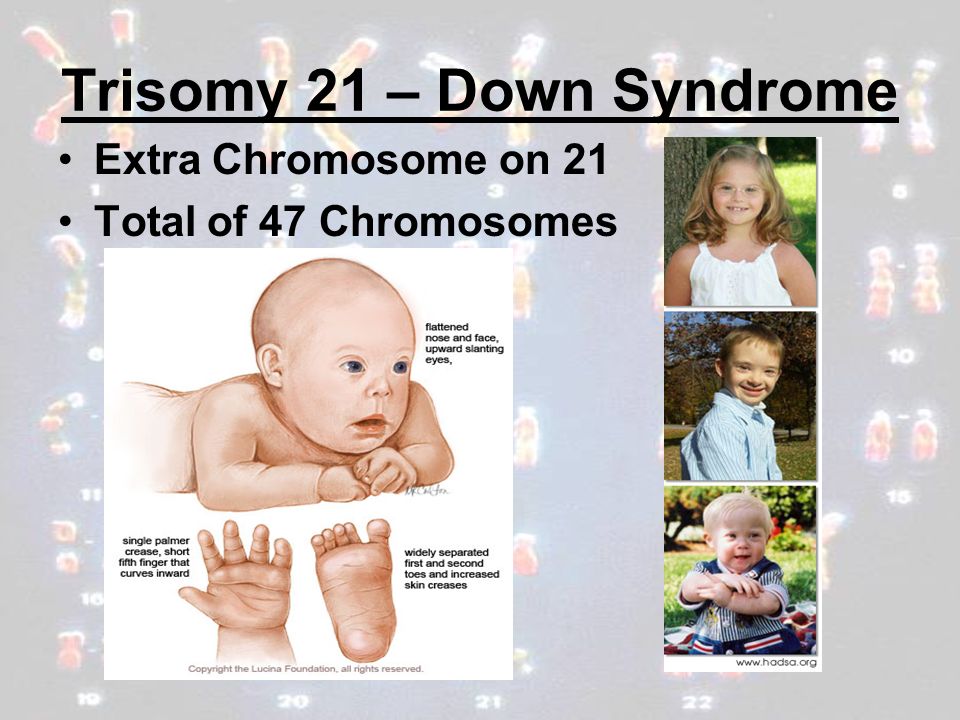Forceps delivery injury
Forceps Delivery and Birth Injuries
Doctors in the labor and delivery room will often utilize birth assistance tools such as forceps and vacuum extraction pumps to facilitate a difficult vaginal delivery. A delivery with the aid of birth assistance tools is referred to as an "operative vaginal delivery." Although operative vaginal deliveries are often necessary, they present a much higher risk of birth injuries. This is particularly true with forceps which have a higher rate of injury compared to vacuum extractors.
What are Forceps?
Obstetrical forceps are a tool used by OB/GYNs to grip the head of a baby and help maneuver them through the birth canal. Forceps look like a pair of large pliers with curved cups on the ends. The cups are designed to grip the exposed head of the baby during childbirth so the doctor can then guide the baby through the birth canal by the head.
When Should Forceps be Used?
If everything goes well during labor and delivery, the doctors won't even need to consider using obstetrical forceps. Forceps only get used when normal pushing isn't working and a number of other criteria are present: membranes have already ruptured, the cervix is fully dilated; and the baby has entered into the birth canal head first. These are all basic preconditions to the use of forceps. Assuming all of these prerequisites are present, medical guidelines from the American College of Obstetricians and Gynecologists (ACOG) set forth specific circumstances for when the use of forceps or vacuum extraction pumps may be appropriate. The guidelines published by ACOG describe the following situations as appropriate indications for used of birth-assistance tools such as forceps:
- Prolonged Labor: prolonged labor is typically defined as when the pushing in the 2nd phase results in no progress after 3 hours.
- Fetal Distress: non-reassuring fetal heart rates and other signs of fetal duress may prompt doctors to use forceps, but this is only appropriate if forceps delivery will be faster than an emergency C-section.

- Maternal Fatigue: when a mother has become physically wiped out after prolonged pushing, doctors will sometimes use forceps to facilitate delivery.
All of the indicators for use of forceps described above are somewhat controversial because they could also be described as situations that call for an emergency C-section as the more appropriate response. In fact, there is quite a bit of research evidence to suggest that emergency C-sections are a much safer alternative to using obstetrical forceps. The results of a study published in the 2018 in the Canadian Medical Association Journal clearly indicate a higher rate of injury with forceps delivery compared to C-sections.
How do Forceps Cause Birth Injuries?
Obstetrical forceps can be an effective tool for facilitating a difficult vaginal delivery. The problem is that using forceps correctly requires a very high level of skill and experience on the part of the doctor.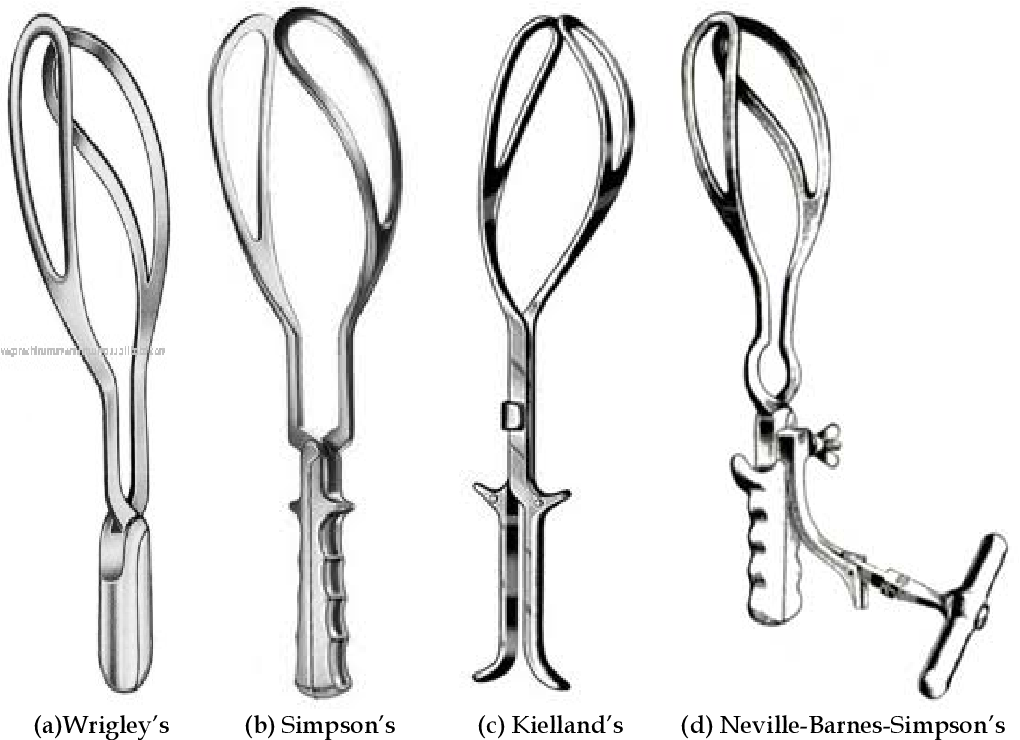 Once the forceps grip the baby's head, the margin for potential error becomes extremely small. If the doctor grips the baby's head in the wrong way or uses slightly too much pressure, forceps can easily cause extensive damage to the baby's head. Unlike vacuum extractors, obstetrical forceps can be used to twist the baby into position. This is a very difficult maneuver and if not done perfectly it can result in devastating injuries to the spinal cord as well as head and brain injuries.
Once the forceps grip the baby's head, the margin for potential error becomes extremely small. If the doctor grips the baby's head in the wrong way or uses slightly too much pressure, forceps can easily cause extensive damage to the baby's head. Unlike vacuum extractors, obstetrical forceps can be used to twist the baby into position. This is a very difficult maneuver and if not done perfectly it can result in devastating injuries to the spinal cord as well as head and brain injuries.
Common Birth Injuries Related to Forceps
When forceps are used improperly or a mistake is made, injuries to both baby and mother can easily occur. Typical forceps related injuries range from mild bruises on the head to severe, permanent brain damage or spinal cord injury. Trauma to the head and brain are the primary point of concern with forceps because that it where the spoons grip the baby and apply pressure. The baby's spine is also at risk of injury when forceps are used in a particular way which involves high force twisting. Some of the more significant and potentially dangerous types of birth injuries commonly associated with forceps include:
Some of the more significant and potentially dangerous types of birth injuries commonly associated with forceps include:
- Hematomas: a hematoma refers to an abnormal pooling or buildup of blood or fluid in or around the brain. There are 2 different types of hematoma injuries commonly associated with the use of obstetrical forceps: subgaleal hematomas; and cephalohematomas. A subgaleal hematoma occurs when emissary veins which cover the outside of the brain and head the skull and brain are damaged by external force (such as pressure from forceps). The external trauma is significant enough the emissary veins will actually break or rupture. Emissary vein ruptures will resulting in a dangerous pooling of blood up in the delicate space between the skull bone and the scalp. Blood pooling in this area typically triggers swelling and a buildup of internal pressure around the skull. Unless the mounting pressure from the pooling blood is alleviated it will eventually result in damage to brain cells.
 When a newborn baby is diagnosed with a subgaleal hematoma there is a very high likelihood that it is the result of birth assistance tools such as obstetrical forceps. Cephalohematomas are a similar but less serious type of hematoma. Cephalohematomas are also caused by a buildup of blood but the is occurs in a different part of the head/skull than a subgaleal hematoma. The particular location of cephalohematomas tends to restrict and limit the buildup and spread of pooling blood thereby reducing the likelihood of damaging the brain.
When a newborn baby is diagnosed with a subgaleal hematoma there is a very high likelihood that it is the result of birth assistance tools such as obstetrical forceps. Cephalohematomas are a similar but less serious type of hematoma. Cephalohematomas are also caused by a buildup of blood but the is occurs in a different part of the head/skull than a subgaleal hematoma. The particular location of cephalohematomas tends to restrict and limit the buildup and spread of pooling blood thereby reducing the likelihood of damaging the brain. - Hydrocephalus: hydrocephalus is a somewhat different type of internal brain injury that is also characterized by fluid buildup. Instead of blood, however, hydrocep serious type of injury that occurs when external head trauma causes swelling which blocks the circulation of cerebrospinal fluid (CSF) out of the brain ventricles. The blockage causes CSF to accumulate within the brain causing dangerous internal swelling that often results in permanent damage to the brain.
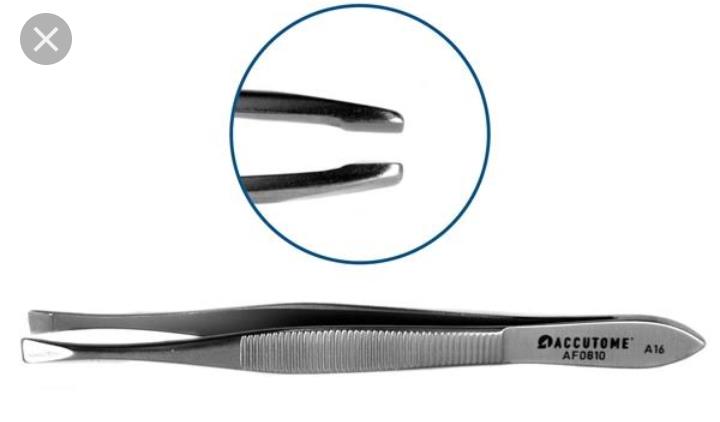
- Intracranial Hemorrhage: neonatal intracranial hemorrhage (or brain bleeds) occurs when blood vessels around the head a ruptured causing internal cranial bleeding. Intracranial hemorrhages are similar to hematomas but they occur in somewhat different locations within the head and brain.
All of the brain / head injuries described above have the potential to cause long term neurologic injuries to brain cells which can potentially result in permanent disabilities such as cerebral palsy.
Some milder side effects include:
- Bruising
- Subconjunctival hemorrhage
- Episiotomies
Recent Medical Literature on the Use of Forceps
Childbirth is unpredictable, and the best practices for how to handle all aspects of labor and delivery are difficult to perfect. However, medical researchers publish dozens of articles every day in attempt to make giving birth safer for mothers and children. One of the hottest debates in the medical community is the use of assisted labor techniques, such as forceps deliveries. Below are some recent articles exploring this topic.
One of the hottest debates in the medical community is the use of assisted labor techniques, such as forceps deliveries. Below are some recent articles exploring this topic.
- “Operative vaginal delivery and pelvic floor complications” by Richard P. Deane, Best Practice & Research Clinical Obstetrics & Gynaecology, 2019.
Operative vaginal delivery (OVD) is the use of forceps or vacuum extractors to deliver babies in emergency situations. OVD is commonly associated with injuries to the mother’s pelvic floor, the group of muscles in the underside of the pelvis that affect the urinary, genital, and gastrointestinal systems. Recently, there have been a significant changes in the practice of OVD in an effort to address these complications. Under investigation is the use of forceps and vacuum delivery, routine and selective episiotomies, and the recognition and management of obstetric anal sphincter injuries (OASIS). This review considers several key questions, such as: What effect does OVD have on the pelvic floor? How can we reduce these effects? At what point should an episiotomy be performed? How can we better manage OVD and OASIS in future pregnancies? By asking these questions, the hope is to better understand the potential risks of using forceps during delivery in order to prevent any mistakes or injuries in the future.
- “A comparison of maternal and neonatal outcomes with forceps delivery versus cesarean delivery” by Xiaohua Liu, et al., The Journal of Maternal-Fetal & Neonatal Medicine, 2018.
This is a study that compares the effects of a cesarean delivery versus one where triceps are used on both the mother and baby. Essentially, the study looked at a controlled group of mothers who delivered either by forceps vaginal delivery or cesarean delivery from a low station in the 2nd stage of labor. Results showed that use of forceps were associated with a lower frequency of maternal infection but a higher occurrence of mild postpartum hemorrhage (PPH). Deliveries performed due to worrisome fetal status were finished faster when forceps were used and showed a lower instance of death for the infant and hypoxic ischemic encephalopathy (HIE)—a brain injury caused by oxygen deprivation to the baby’s brain. - “Rotational forceps versus manual rotation and direct forceps: A retrospective cohort study” by Stephen O’Brien, et al.
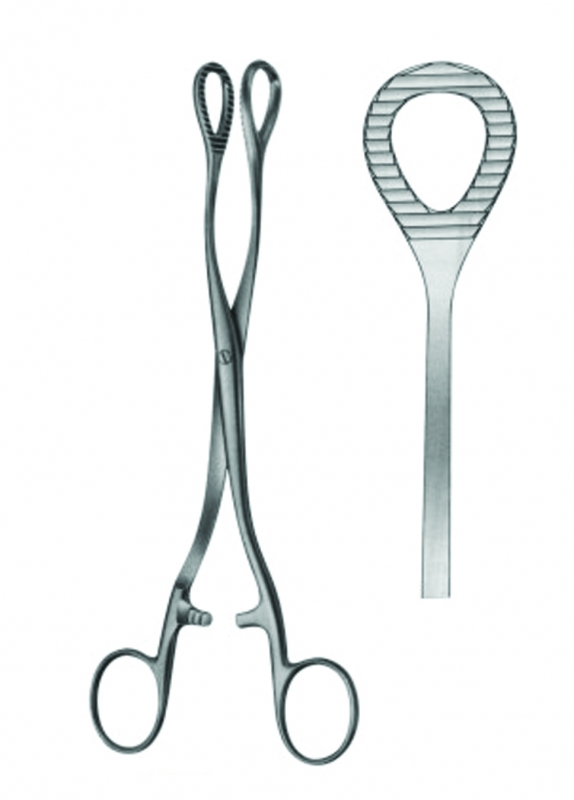 , European Journal of Obstetrics & Gynecology and Reproductive Biology, 2017.
, European Journal of Obstetrics & Gynecology and Reproductive Biology, 2017.
Sometimes, the baby needs to be turned when forceps are used—the question is, what is the best method to accomplish this? There is a lot of debate over the safety and utility of rotational forceps versus manual rotation followed by direct forceps. These are both techniques that are used by doctors during a delivery where the baby’s head is not in the proper position. The results of the study showed that the rate of vaginal birth was significantly higher with rotational forceps than with manual rotation followed by direct forceps—in other words, a c-section was avoided. The rotational forceps method was also associated with a much higher rate of shoulder dystocia, a dangerous complication when one or both of the baby’s shoulders get stuck on the mother’s pelvic bone during labor, but not of neonatal injury. Other than this, there were no other significant differences between the two methods of delivery.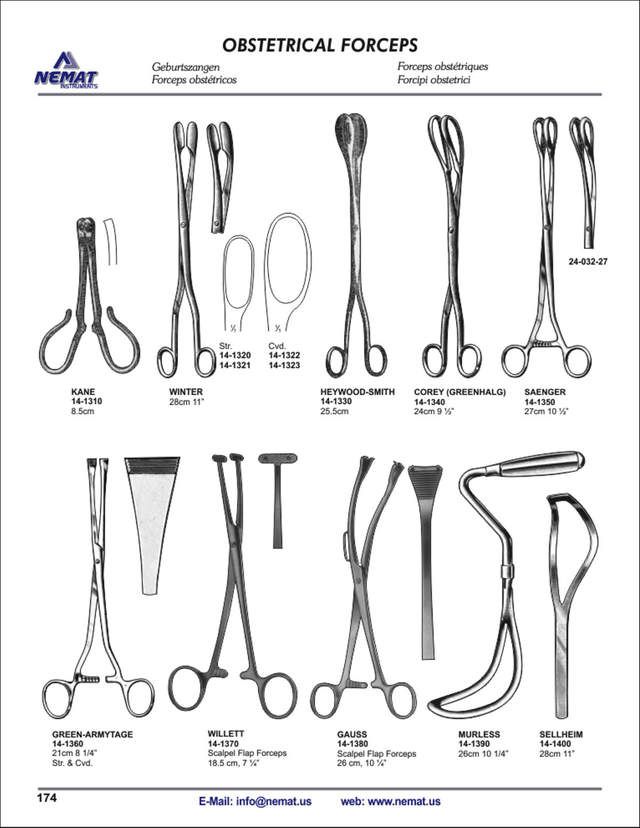 What can we conclude from this study? The data supports that use of rotational forceps during delivery increases the chance of having a vaginal birth, although there is also a higher chance of shoulder dystocia occurring.
What can we conclude from this study? The data supports that use of rotational forceps during delivery increases the chance of having a vaginal birth, although there is also a higher chance of shoulder dystocia occurring. - “Forceps delivery: Contemporary tips for a classic obstetric tool” by Melissa S. Wong, M.D., Contemporary OB/GYN, 2019.
This article argues that deliveries with forceps are usually likely to be successful, but that this form of delivery should only be performed if it is likely to be successful. This is because, according to a study that the article cites, the risk of injury during a forceps delivery increased when other procedures were also needed. Sometimes, for example, if a forceps delivery is not successful, the baby must be delivered via c-section, increasing the length of the delivery and the risk of injury. Basically, the article says, we can improve the likelihood of a successful forceps delivery by choosing the appropriate candidates, utilizing the optimal techniques, and avoiding pitfalls that can contribute to failure.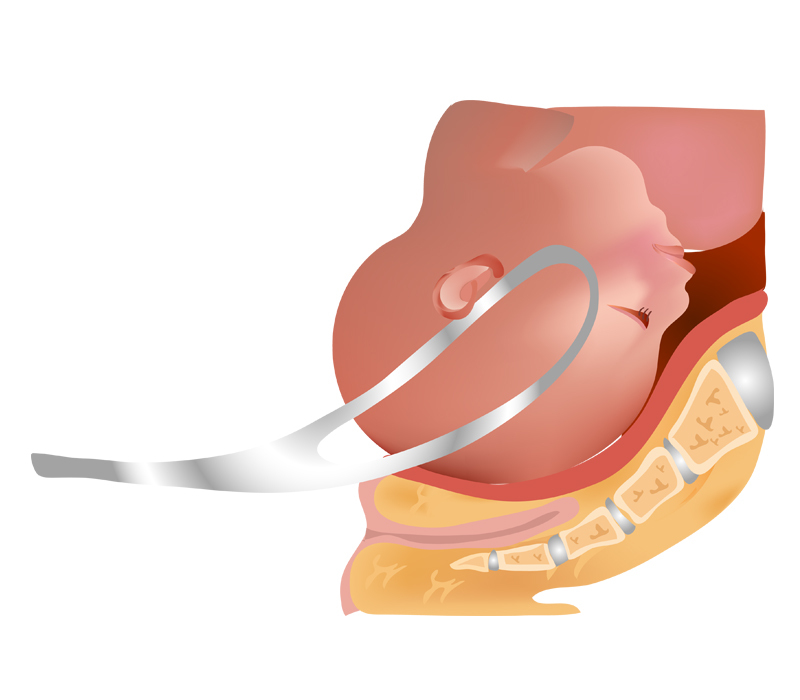
- “Successful versus unsuccessful instrumental deliveries—Predictors and obstetric outcomes” by Abdullatif Elfituri et al., European Journal of Obstetrics & Gynecology and Reproductive Biology, January 2020.
This is a large retrospective study that included almost 8,000 mothers. The goal was to identify factors that influenced the success or failure of instrumental deliveries, e.g. the use of forceps. Failure was defined as needing to resort to a cesarean delivery. A data analysis revealed that mothers with a BMI greater than 30, macrosomia (high birth weight of baby), the use of forceps versus a vacuum, a prolonged second stage of labor, and a senior obstetrician performing the procedure. High maternal and fetal weight as well as prolonged labor were expected to contribute to failure based on previous studies. It is unclear taking other studies into account if vacuums or forceps are safer—the higher failure rate for forceps in this study may be due to the decline in their use, which makes doctors less familiar with using them.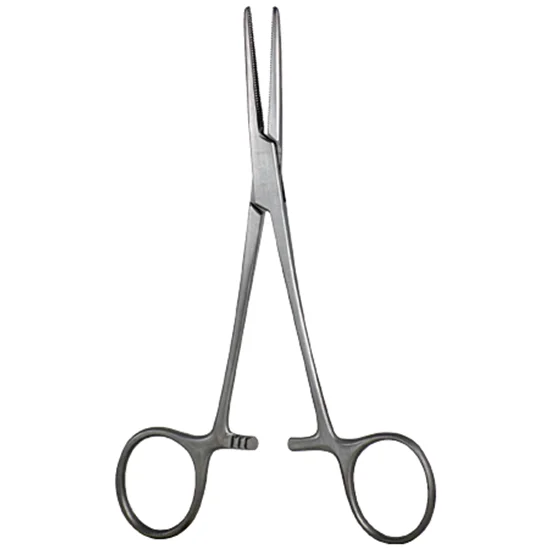 The data does not show that experience and seniority improve outcomes, though this may partially be because senior physicians are called on to perform more complicated procedures.
The data does not show that experience and seniority improve outcomes, though this may partially be because senior physicians are called on to perform more complicated procedures.
What are the LONG TERM side effects of forceps delivery?
In a parent’s life, there is no happier moment than the birth of your baby. However, an emergency can turn those moments into a scary experience. There are many reasons for issues during delivery. When the labor isn’t progressing, or the baby’s life is in danger, then the doctors will reach for the forceps to help deliver the baby. For the baby and mother, forceps can be a lifesaving method, but it can also put them at risk for severe injuries and lifelong health issues. In some rare cases, delivery by forceps can cause damaging nerve and brain injuries.
These life-changing forceps deliveries can prompt the parents to file a medical malpractice lawsuit against the hospital or the doctor, especially for those who suspect a case of wrongdoing or negligence. With these lawsuits, the families may recoup their damages for medical bills and lost wages. The lawsuit can also hold those responsible parties accountable for the pain and suffering that was caused due to negligence.
With these lawsuits, the families may recoup their damages for medical bills and lost wages. The lawsuit can also hold those responsible parties accountable for the pain and suffering that was caused due to negligence.
If your child was born with birth injuries due to the use of forceps, then contact the Philadelphia Birth Injury Attorneys at Raynes & Lawn immediately. You will learn about your legal options for filing a medical malpractice lawsuit.
Why Are Forceps Used?
Ideally, the baby should come into the world by the mother pushing him or her through the birth canal. In some cases, the baby does not arrive in this way, and they need assistance in the delivery process. Your doctor may use forceps to help deliver your baby safely. These cases are known as assisted delivery.
Forceps are a metal instrument that is used to guide the baby through the birth canal and used during a difficult delivery. The forceps are used in time with the contractions to pull the baby out of the birth canal.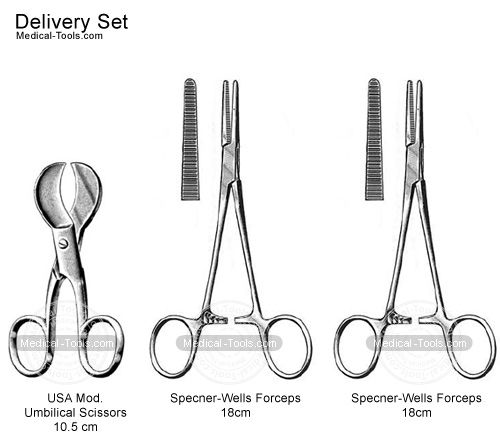 These instruments cradle the baby’s head by using traction to bring them out. Forceps have the shape of large spoons, and they can be unnerving for some mothers. However, with proper care, the doctor will use the forceps without any issues.
These instruments cradle the baby’s head by using traction to bring them out. Forceps have the shape of large spoons, and they can be unnerving for some mothers. However, with proper care, the doctor will use the forceps without any issues.
For a mother in the second stage of delivery, the doctor might recommend the use of forceps. This action only occurs when the second stage of delivery is prolonged and at risk of harming the child. At this stage, there is an increased risk of injury or other complications to the mother and child.
Along with the use of forceps, there are several risks, including some that can be severe and life-threatening. These risks can include brain damage and skull fractures. Forceps are not always successful in pulling out the child. In these cases, the doctors will have to perform an emergency cesarean delivery.
When Are Forceps Used?
If the delivery has met specific criteria, then the doctor may decide to use forceps to deliver the baby.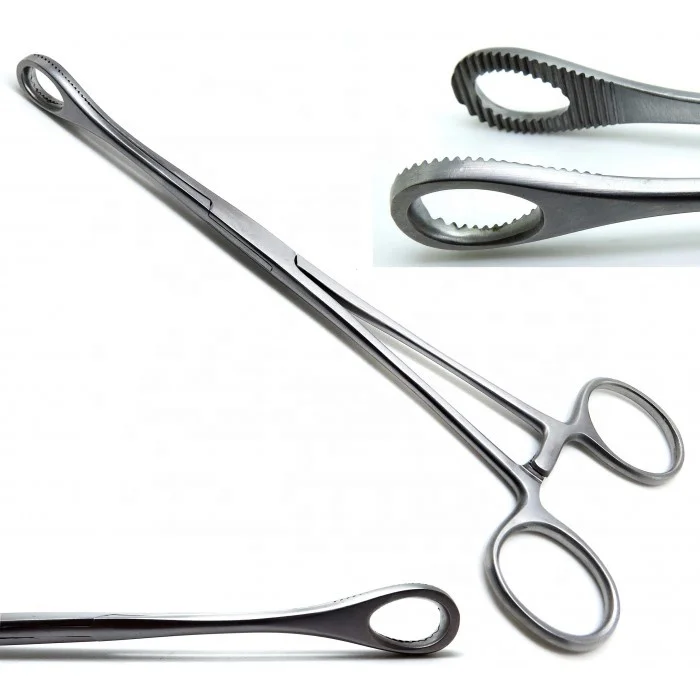 These requirements for a forceps delivery include a ruptured membrane, breeched birth, or dilated cervix. When these criteria are met, and the mother cannot push the baby on her own, then the doctor will use these instruments to help in the delivery. Some other reasons for the use of forceps include:
These requirements for a forceps delivery include a ruptured membrane, breeched birth, or dilated cervix. When these criteria are met, and the mother cannot push the baby on her own, then the doctor will use these instruments to help in the delivery. Some other reasons for the use of forceps include:
- The mother is pushing, but the labor is not progressing.
- There is a change in the baby’s heart rate.
- The baby is low in the birth canal.
- The mother has a specific health issue, such as high blood pressure or heart disease.
For the most part, doctors only use forceps if the hospital or birthing center can conduct a cesarean section. If a forceps delivery is unsuccessful, then a C-section will be performed to prevent any harm to the baby.
Types of Forceps
There are more than 700 types of obstetric forceps that can assist with vaginal delivery. Some of the instruments are used for certain childbirth situations, and hospitals will keep various models on hand for these special situations.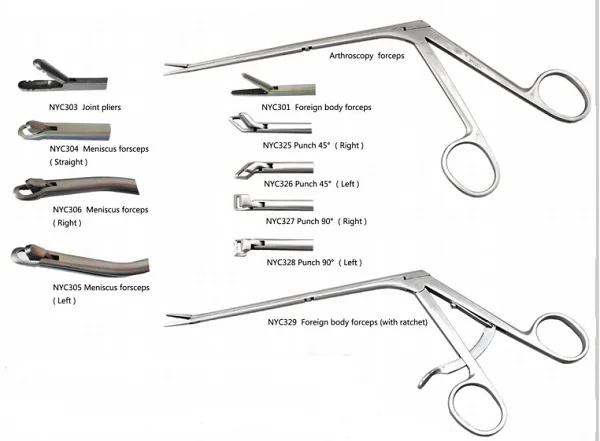 While all forceps have a similar design, every type is made for specific circumstances.
While all forceps have a similar design, every type is made for specific circumstances.
For the most part, all forceps have two prongs that are used to grasp the baby’s head. The prongs are called blades, and some blades will feature different sizes of curves. The right blade is also called the cephalic curve, and it is deeper than the left blade (pelvic curve). The cephalic curve is designed to fit around the baby’s head with the pelvic curve fitting against the mother’s birth canal. Some forceps have a more elongated curve, and others have a rounder cephalic curve. A doctor will use specific forceps depending on the shape of the baby’s head. In any case, the forceps are designed to grip the baby’s head firmly but not tightly.
At the midway point of the forceps is called articulation. Many of the forceps have a lock at this point. However, sliding forceps have two blades that slide along each other. Once again, the type of forceps always depends on the position of the baby in the birth canal.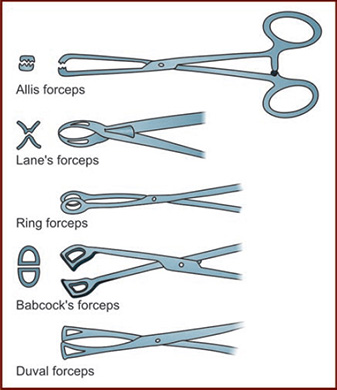 If the baby’s head is facing down, then fixed lock forceps are needed for the delivery. For babies who need to be rotated by the head, sliding forceps may be required. Every forceps include a handle that is connected to the blades by a stem. These longer stems will allow the doctor to rotate the baby.
If the baby’s head is facing down, then fixed lock forceps are needed for the delivery. For babies who need to be rotated by the head, sliding forceps may be required. Every forceps include a handle that is connected to the blades by a stem. These longer stems will allow the doctor to rotate the baby.
There are many different types of forceps. The most common examples include the following:
- Elliot forceps are used when the baby’s head is round, and it features a more rounded cephalic curve.
- Simpson forceps have an elongated cephalic curve, and they are used when the child’s head is squeezed in the birth canal.
- Wrigley’s forceps are used in deliveries where the baby is further down the birth canal. They have short blades and stems that minimize the risk of uterine rupture.
- Piper’s forceps allow the doctor to grasp the head in the case of a breech delivery. These forceps have a downward curving stem that can fit around the baby’s body.
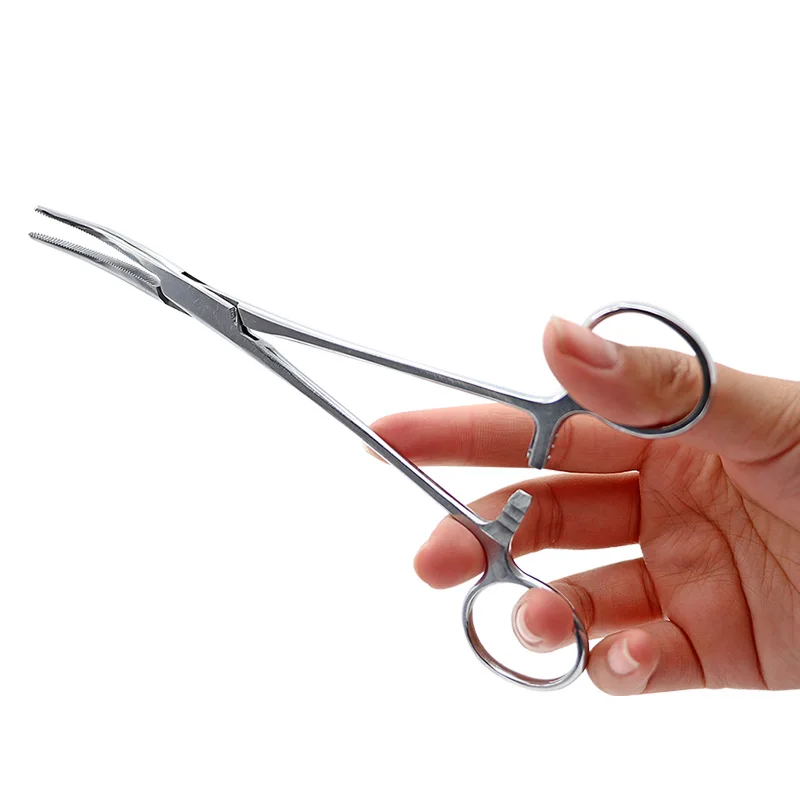
- Kielland forceps are the most commonly used forceps, and they are used when the baby needs to be rotated. These forceps have a sliding lock and shallow pelvic curve.
Can a Forceps Delivery Cause Problems?
There are certain risks to both the mother and baby when forceps are used. While severe injuries are rare, they can cause life-changing damages that will need extensive and ongoing medical care.
Mothers can have an increased risk of injuries, including:
- Lower genital tract tears
- Pain in the perineum
- Short or long-term fecal or urinary incontinence
- Injuries to the bladder or urethra
- Uterine rupture
- Weakening of the muscles and ligaments in the pelvic organs
For babies delivered with forceps, they also have an increased risk of specific birth injuries, including:
- Skull fractures
- Minor external eye trauma
- Seizures
- Minor facial injuries
- Nerve injuries
- Facial palsy
- Bleeding within the skull
Risk of Serious Birth Injury Due to Forceps Delivery
With a forceps delivery, there is a chance of severe birth injuries.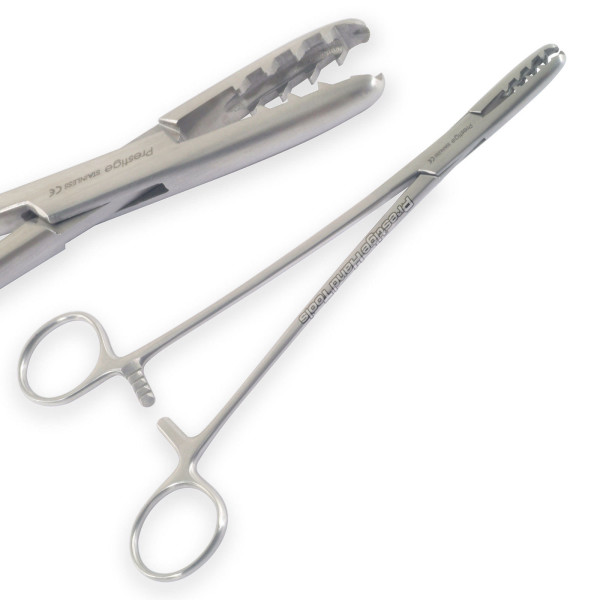 One of the most common injuries is due to infant shoulder dystocia. This injury happens during the birthing process as the baby’s shoulders are stuck in the mother’s pelvic region. The child’s head is usually out of the birth canal, and the delivery must be completed as soon as possible. If the staff fails to resolve the birthing position, then the baby could end up with severe injuries. With these cases, the medical team will use forceps to deliver the baby. However, there are risks with this procedure. As the doctor uses the forceps, the baby can experience broken bones, facial injuries, and brachial plexus palsy. It can be a difficult decision for the doctor to use forceps, but time is critical to prevent any serious issues for the baby.
One of the most common injuries is due to infant shoulder dystocia. This injury happens during the birthing process as the baby’s shoulders are stuck in the mother’s pelvic region. The child’s head is usually out of the birth canal, and the delivery must be completed as soon as possible. If the staff fails to resolve the birthing position, then the baby could end up with severe injuries. With these cases, the medical team will use forceps to deliver the baby. However, there are risks with this procedure. As the doctor uses the forceps, the baby can experience broken bones, facial injuries, and brachial plexus palsy. It can be a difficult decision for the doctor to use forceps, but time is critical to prevent any serious issues for the baby.
Nerve damage is another possible risk of forceps delivery. These injuries can occur when the pressure of the forceps causes a loss of movement in the face. The baby’s face may appear to droop or become weak. For many cases, this happens on just one side of the face.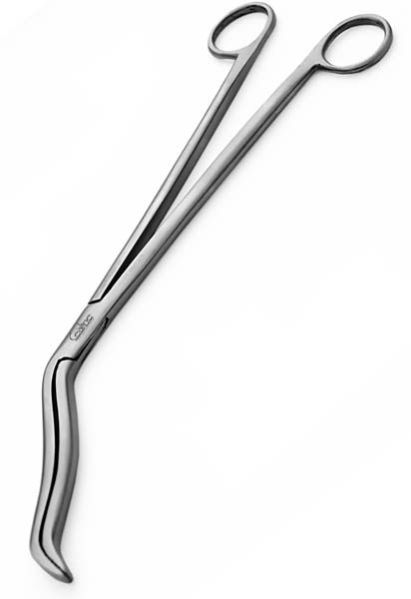 In rare instances, nerve damage occurs on both sides of the face. It is estimated that 8.8 cases per 1,000 births have facial nerve palsy. As the doctor places forceps around the baby’s head, the pressure can cause the nerves to be damaged in the process.
In rare instances, nerve damage occurs on both sides of the face. It is estimated that 8.8 cases per 1,000 births have facial nerve palsy. As the doctor places forceps around the baby’s head, the pressure can cause the nerves to be damaged in the process.
For a forceps delivery, nerve damage is the most reported type of injury. In many cases, the nerve damage often resolves itself within a few weeks to months without the need for any additional medical treatments. In 90 percent of these cases, the injuries do heal on their own as the facial muscles will go back to normal. While many of these cases resolve themselves, there is still a risk for severe injuries, including traumatic brain injuries. These injuries can put your baby at risk for developing more severe issues, such as cerebral palsy.
Can Using Forceps During Delivery Cause Brain Damage?
While using forceps is considered a safe procedure, forceps can cause brain damage during delivery. One of the most common and severe injuries is cerebral palsy.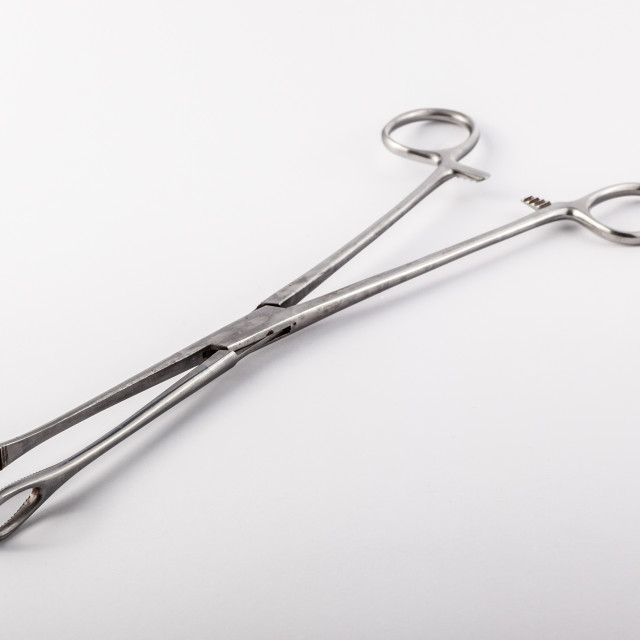 This disorder can affect the movement, balance, and muscle tone of the baby. In some cases, cerebral palsy can happen when the brain is not fully developed in a particular area. However, it is also caused by a traumatic injury to the head during or after birth. Brain damage is sustained by forceps delivery in about 10 percent of cases. These complicated deliveries can also cause issues with the baby’s breathing or circulatory system.
This disorder can affect the movement, balance, and muscle tone of the baby. In some cases, cerebral palsy can happen when the brain is not fully developed in a particular area. However, it is also caused by a traumatic injury to the head during or after birth. Brain damage is sustained by forceps delivery in about 10 percent of cases. These complicated deliveries can also cause issues with the baby’s breathing or circulatory system.
You can spot the signs of cerebral palsy in infancy or during the child’s preschool years. These symptoms could include abnormal posture, abnormal reflexes, floppiness in the trunk and arms, involuntary movements, or unsteady walking. Those with cerebral palsy may have vision issues or difficulty swallowing. Some children could experience a reduced range of motion, as well. Cerebral palsy can lead to blindness, deafness, or epilepsy; these symptoms can vary from person to person. Some children can walk, and others have difficulty standing. Those who have cerebral palsy may experience mental disabilities, but some may have standard intellectual capacity.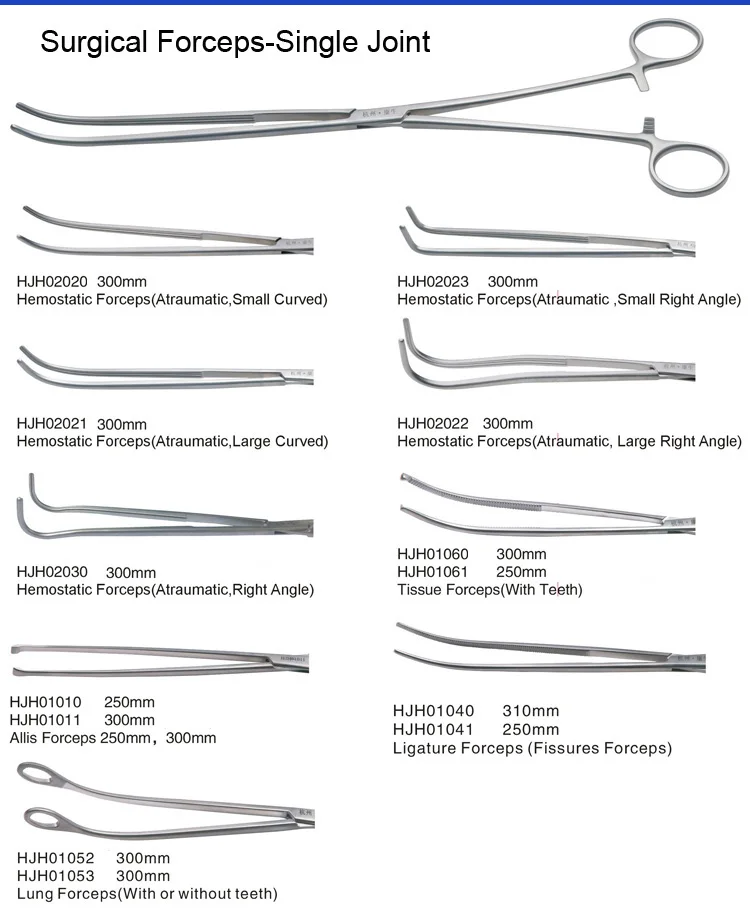 If you notice any of these signs in your child, you should schedule an appointment with a doctor.
If you notice any of these signs in your child, you should schedule an appointment with a doctor.
Forceps Delivery Lawsuits
Emergencies can occur during labor. However, fast decisions must be made to protect the life of the mother and baby. Doctors will use forceps for labor that is not progressing or if the baby is in distress. In all cases, forceps will help to get the baby out as soon as possible.
With these types of deliveries, there is a chance of birth injuries, including facial nerve damage or cerebral palsy. These injuries are often due to the pressure of the forceps on the baby’s head. In rare cases, this severe trauma can cause life-altering injuries that will require costly medical care.
The health of the mother and baby are at risk when forceps are used in the delivery. If the baby was injured during delivery with forceps, then it may have been the result of wrongdoing or negligence of the doctor and hospital staff. In these cases, the parents can choose to file a lawsuit against the hospital, medical staff, or doctor.
When you file a medical malpractice lawsuit, you have an opportunity to recoup the expenses of past and future medical bills. For a child who suffers from severe brain damage, they will need expensive medical care for the remainder of the child’s life.
You want an experienced Philadelphia Birth Injury Attorney to represent you in your medical malpractice action. The lawyers at Raynes & Lawn will hold those responsible parties accountable for the negligent actions that caused the birth injuries to your child. These injuries can take a significant financial and emotional toll on the child and their family as well. If your child has suffered a birth injury after the use of forceps, then you need to contact an attorney to seek compensation for your case.
If you want to schedule a consultation with the experienced legal team at Raynes & Lawn, please take a few minutes and fill out the contact form or call us at (800) 535-1797.
For the general public: This Blog/Website is made available by the law firm publisher, Raynes & Lawn, for educational purposes. It provides general information and a general understanding of the law but does not provide specific legal advice. By using this site, commenting on posts, or sending inquiries through the site or contact email, you confirm that there is no attorney-client relationship between you and the Blog/Website publisher. The Blog/Website should not be used as a substitute for competent legal advice from a licensed attorney in your jurisdiction.
It provides general information and a general understanding of the law but does not provide specific legal advice. By using this site, commenting on posts, or sending inquiries through the site or contact email, you confirm that there is no attorney-client relationship between you and the Blog/Website publisher. The Blog/Website should not be used as a substitute for competent legal advice from a licensed attorney in your jurisdiction.
For attorneys: This Blog/Website is informational in nature and is not a substitute for legal research or a consultation on specific matters pertaining to your clients. Due to the dynamic nature of legal doctrines, what might be accurate one day may be inaccurate the next. As such, the contents of this blog must not be relied upon as a basis for arguments to a court or for your advice to clients without, again, further research or a consultation with our professionals.
Birth trauma treatment | Medical center "BIOSPHERE"
Description
Childbirth is a physiological, but very difficult process, both for mother and child.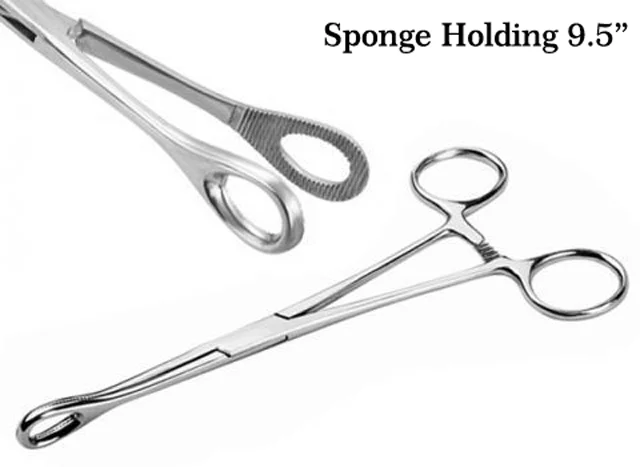 During childbirth, the child is subjected to strong mechanical overload, which, unfortunately, can lead to injury of varying severity. And if the external manifestations of such injuries can pass quickly enough or be invisible, their consequences often affect the entire subsequent life of a person.
During childbirth, the child is subjected to strong mechanical overload, which, unfortunately, can lead to injury of varying severity. And if the external manifestations of such injuries can pass quickly enough or be invisible, their consequences often affect the entire subsequent life of a person.
Causes
Newborn injuries to various parts of the body during childbirth are very common, but in most cases these are only minor deformities, which are partly physiological. They practically do not affect the further development of the child.
However, there is an increased risk of dangerous injury in difficult births. The factors contributing to this birth trauma are most often:
- breech presentation and other incorrect positions of the fetus;
- fruit too large;
- narrowness of the birth canal;
- prolonged delivery or, conversely, extremely rapid;
- labor induction;
- abnormal position of the fetal head during the passage of the birth canal;
- Removal of the fetus by means of additional influence (forceps, vacuum) or by caesarean section.
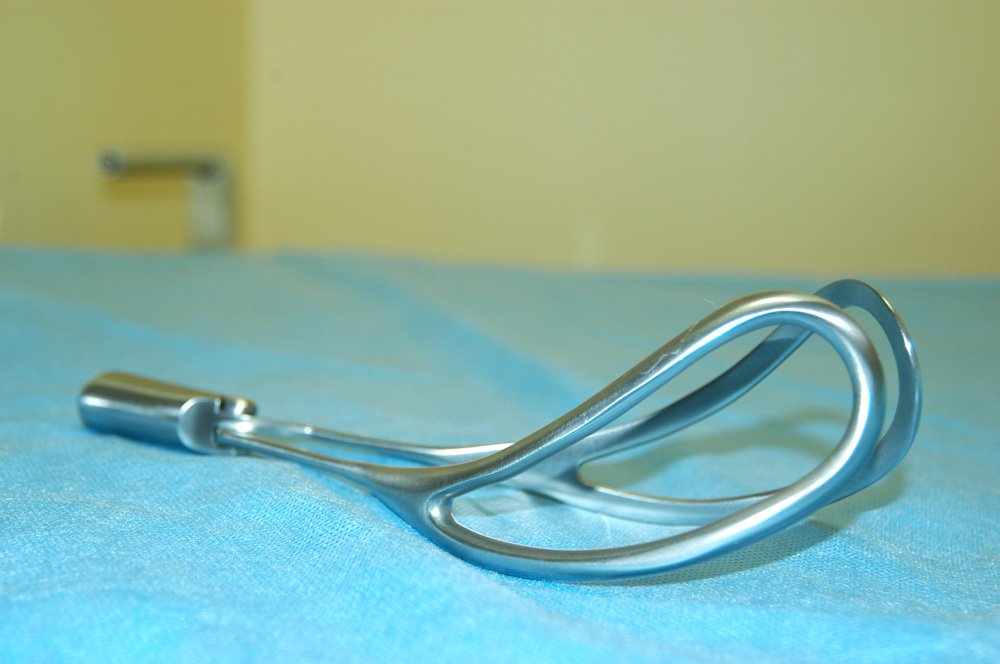
Symptoms
Birth trauma may manifest as:
- Asphyxia;
- Hematoma;
- Injuries of the cervical spine;
- Torticollis;
- Fetal hypoxia;
- Perinatal encephalopathy;
- Microdisplacement of skull bones;
- Other injuries of the skeleton and other organs.
At an older age, the consequences of birth trauma can manifest themselves in the form of mental and mental retardation, autism, hyperactivity, hypertonicity and other disorders. violations.
Clinic "BIOSPHERE" reminds: the sooner you seek help from a specialist, the more chances you have to stay healthy and reduce the risk of complications:
Make an appointment with a specialist
Complications
The most severe complications are birth injuries of the skull and spine. Disturbances in the relative position of the skull bones during birth trauma, and hence brain structures, lead to excessive tension of the meninges and the occurrence of a wide range of diseases from headaches to endocrine disorders.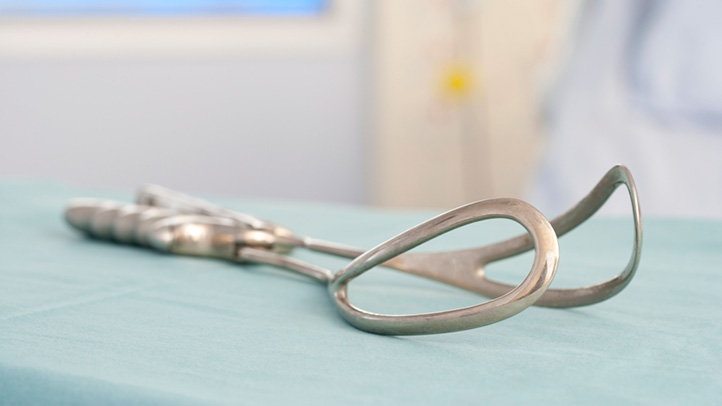 Injuries to the spine can lead to damage to the spinal cord, nerve roots, and nearby vessels. All this is fraught with the occurrence of:
Injuries to the spine can lead to damage to the spinal cord, nerve roots, and nearby vessels. All this is fraught with the occurrence of:
- mental and physical retardation;
- cerebral palsy;
- encephalopathy;
- epilepsy and other disorders.
Treatment
As with any disease, the sooner treatment is started, the easier it is and the faster all impaired functions are restored. Osteopathy is a universal and safe method of diagnosis and treatment that can be used from the first days of a child's life. With the help of soft touches, an experienced osteopath is able to determine whether the bones of the skull and spine have shifted relative to each other during childbirth. During a preventive visit, in most cases, these disorders are restored in one session and no longer make themselves felt. The development of the child continues without pathological features.
It's a completely different case when parents come with an old birth trauma, when obvious disorders are already beginning to appear: mental retardation or impaired motor activity. Physicians at the BIOSPHERE Medical Center, who perform osteopathic treatment of birth trauma in Moscow, use the methods of integrative medicine. Such an integrated approach allows you to cope even with chronic problems. Parents of young patients of our medical center notice an improvement in the condition of their children after the first session.
Physicians at the BIOSPHERE Medical Center, who perform osteopathic treatment of birth trauma in Moscow, use the methods of integrative medicine. Such an integrated approach allows you to cope even with chronic problems. Parents of young patients of our medical center notice an improvement in the condition of their children after the first session.
What to do with a birth injury?
Specialists of the clinic will help in the treatment of the disease
Make an appointment with a doctor
What to do in case of a birth injury?
Our doctor N. N. Sheremetova will help in the treatment of the disease Osteopathic doctor, author of training programs, expert in osteopathy of the Main Bureau of Forensic Medical Examination of St. Petersburg.
Igor Alexandrovich Aptekar K.M.N. osteopathic doctor, manual therapist. Director of the Tyumen Institute of Manual Medicine, Tyumen Institute of Osteopathic Medicine.
Karina Alekseevna Kharazyan Osteopath, chiropractor, neonatologist of the highest category. Doctor of osteopathy.
Doctor of osteopathy.
Nadezhda Nikolaevna Sheremetova Osteopath, therapist
Tatyana Mikhailovna Serikova Osteopath, neonatologist
symptoms and treatment in St. Petersburg, prices
Birth trauma of a newborn
Birth trauma has many consequences, which, unfortunately, are not reversible, but all consequences, regardless of severity, are amenable to the manual method of correcting pathological changes in the spinal column.
During childbirth, the baby is subjected to the mechanical stress that accompanies this process.
Particularly high is the risk of birth injury during obstetric care of premature babies, with low weight, up to 3 kg, or vice versa, high weight, more than 4.5 kg.
If the process of labor is forcedly stimulated, subjected to the imposition of obstetric forceps, or, if natural childbirth is contraindicated, the pregnant woman is given a caesarean section, all this increases the risk of birth trauma to the child.
With a large weight of the fetus, it is almost impossible to remove it without damaging the cervical spine or their connecting apparatus, which subsequently threatens with subluxations and instability. For an accurate diagnosis, it is recommended to do an ultrasound of the brain (neurosonography) and an ultrasound of the cervical spine up to a year.
It would seem that insignificant deviations, such as displacement of the cervical vertebrae and / or trauma to the ligamentous apparatus of the cervical region, lead to such ailments as the depletion of cerebral blood flow, which is the result of clamping of the arteries of the vertebral canals, the development of spasm of the arterial bed occurring in the vertebrobasilar basin, with compression of the vertebral arteries due to abundant autonomic innervation, as well as with the slightest stretching. The cranial cavity also suffers, because there is a violation of the venous outflow and outflow of the cerebrospinal fluid.
So the baby is doomed to life suffering from increased intracranial pressure and the central nervous system, which is a birth injury.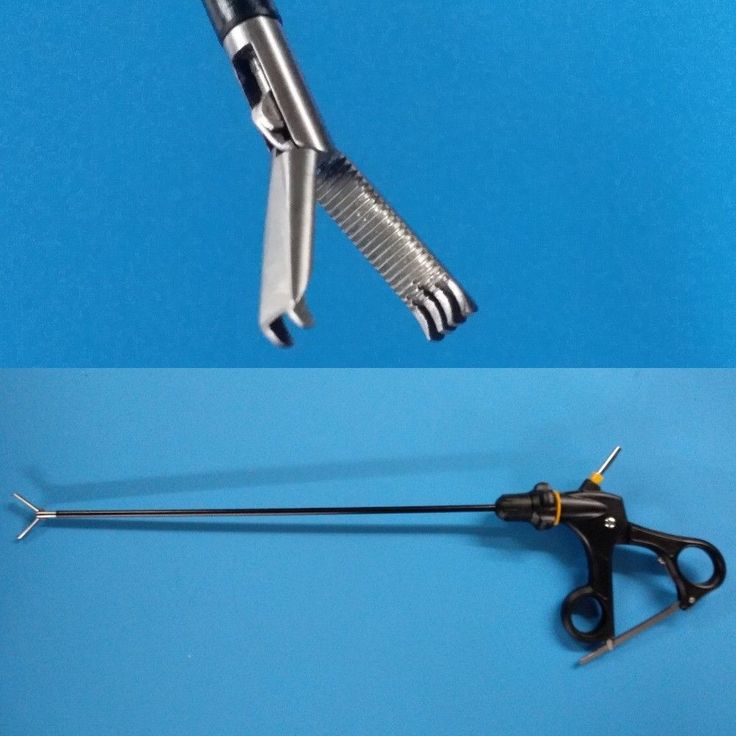
The negative effect on the central nervous system is manifested by delays in motor development, because of which, much later than peers, he begins to hold his head, roll over from one side to the other, sit, crawl, keep standing, walk, master manual skills with difficulty.
Birth trauma can also manifest itself in delayed speech development, in which the child does not speak for a long time, and the speech development specialist is unable to help for reasons beyond his control.
The maturation of the CNS departments, which are responsible for the volume of long-term and short-term memory, for speech perception and articulatory praxis, is the true cause of inhibition of speech development and poor concentration.
During school years, a child with such consequences of birth trauma will change the grammatical structure in sentences, often words will have inconsistencies among themselves, some verbal concepts will be replaced by others, when writing words will jump up and down the line, the letters will be replaced or skipped altogether and many other problems.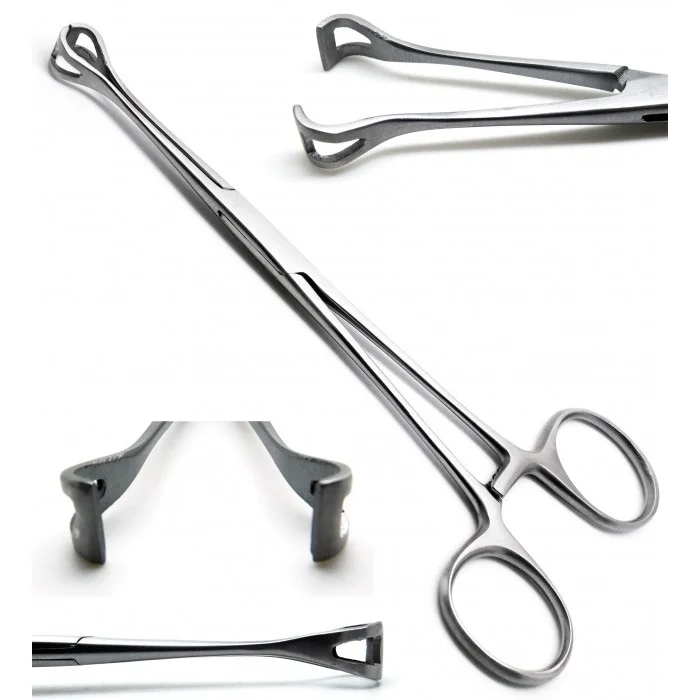
Consequences of birth trauma
Birth trauma may well manifest itself in hyperexcitability and emotional lability.
Behind such a child one can notice a lot of movements that do not carry any specific goal, are not motivated and, moreover, are uncontrollable either by adults or by the child himself. He's just distracted. Haste, fuss, completing a task that has not yet been announced to the end, mistakes and not correcting them ... This can become a significant problem in school years, both in learning and in social and labor adaptation.
Birth trauma can also be manifested in growth disorders, the development of diseases of the musculoskeletal system.
The culprit of these consequences will be a failure of nervous regulation.
This is primarily a violation of the formation of physiological curves of the spinal column.
Injuries of the cervical vertebrae occur much more often and have a completely different character than those of the lumbar.
Injuries of the lumbar vertebrae are never symmetrical, asymmetry in the development of skeletal muscles and leads to a difference in tone between them, on the right or left side of the column. So skaliotic deformities can be caused by improper obstetric care, that is, birth trauma.
It is very important to know that such deformities of the spinal column can be eliminated quite easily at a certain stage if you turn to a specialist.
If you don't do it in time, then once they get fixed they will cause many disorders.
Violations of muscle tone can be reflected in the incorrect formation of the arch of the foot. By the age of 7, it is already possible to notice deviations in the shape of the foot from the norm, and since the formation process will continue until the age of 18, the situation will become more and more aggravated if measures are not taken that are prescribed by an osteopath or neurologist who is knowledgeable in this problem.
Developed flat feet is a consequence of impaired muscle tone, which is natural in children with damaged central nervous system.
Vegetative disorders may also occur, because these are integral "companions" of injured cervical vertebrae. Their manifestations are quite extensive in their diversity, these are headaches, palpitations, low blood pressure, coldness, dizziness, fainting, weakness and fatigue, excessive sweating, diarrhea, bloating, biliary tract dysfunction, impaired thermoregulation, and so on.
As a result of a birth trauma, a child may suffer from enuresis for the rest of his life, this is nothing more than urinary incontinence during sleep.
The consequence of this disease was traced by the scientist A.Yu. Ratner and proved in 1995. As it turned out, during difficult births during obstetrics, the child reaches for the pelvic sacrum, such traction is the cause of minimal dislocation of the 4th and 5th lumbar vertebrae, involving the arteries of Deporge-Gotteron in the process of pathology.
Vascular insufficiency of the spinal cord blocks the control of the muscles of the bladder and it is emptied as it fills.